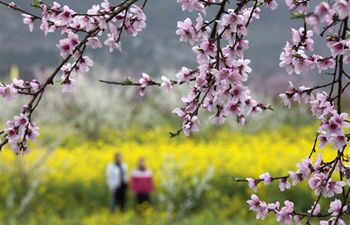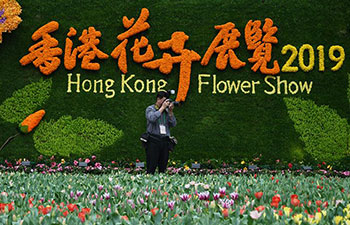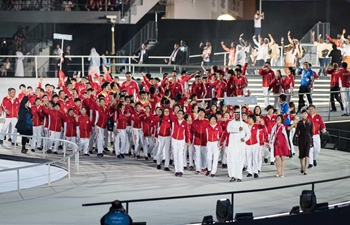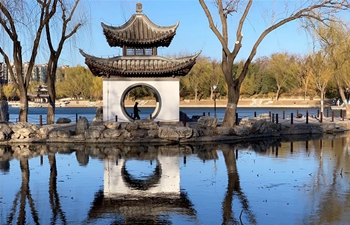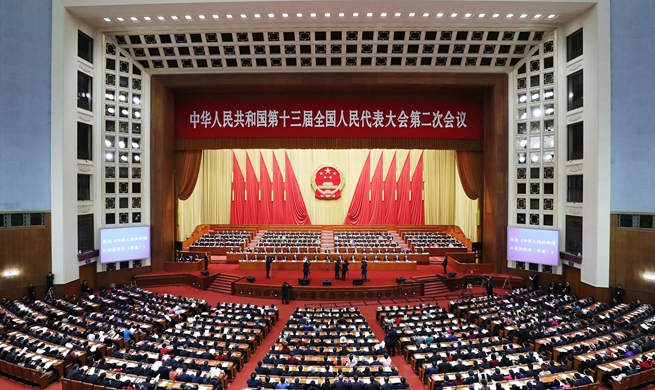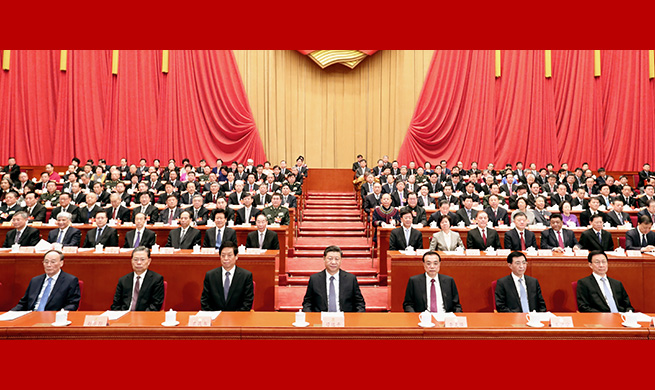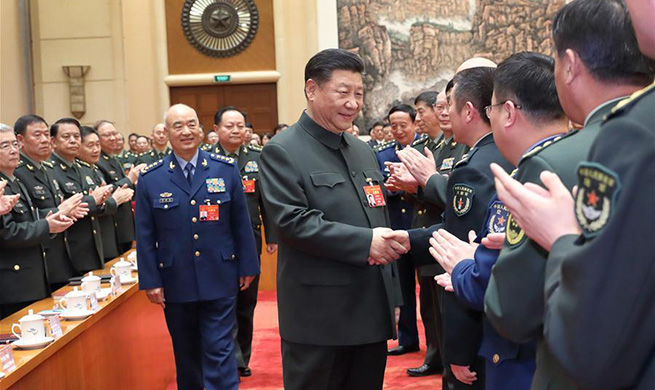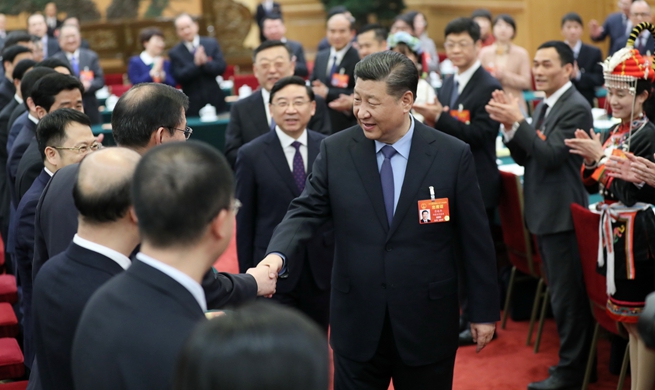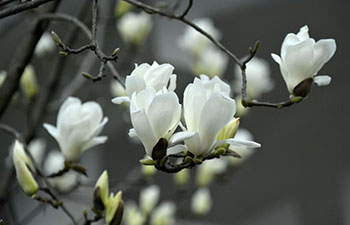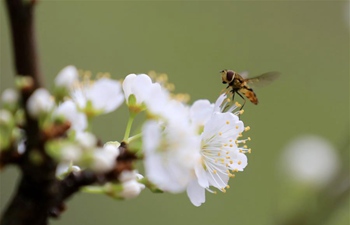BEIJING, March 16 (Xinhua) -- In 1999, Gan Erke, a Huangshan-based lacquerware artist shut down his antique store and opened a lacquerware studio.
"I wanted to stay focused and make the finest lacquerware in the world," Gan told Xinhua.
Huangshan in east China's Anhui Province, with its ancient name Huizhou, has been known for its craftsmanship of lacquerware for centuries.
According to Gan, China was the first country in the world to use lacquer as a decoration. Lacquerware is renowned for its durability, varied appearances and rich colors. Along with ceramics and embroidery, it is one of the three signature elements of oriental art.
However, two decades ago, Japanese lacquerware was better regarded, and modern industrialized mass production displaced China's traditional crafts industries and some lacquer-decorating techniques were lost.
Gan's studio demanded continuous cash flow in the initial stage and it was time-consuming to research and make high-quality lacquerware.
"I told myself that I wouldn't blindly pursue economic interests, I simply wanted to pursue Chinese arts."
Eventually, Gan made it. He has both rediscovered various old techniques and explored new ones.
Two of Gan's best-known lacquerware techniques are Tuiguang-lacquer and Xipi-lacquer.
Tuiguang-lacquer is a technique that repeatedly applies and polishes lacquer onto semi-finished works. Using his fingers and palms to polish requires extensive experience to balance the speed and temperature to exhibit an extremely rich and shiny color.
To make Xipi-lacquer, Gan adds many layers of different colored lacquer according to a pattern and then polishes them into a single smooth surface. Sometimes to generate the best color, certain natural minerals or even precious metals are added into the lacquer, such as coral and gold.
His works were collected by the Palace Museum in 2011.
In 2017, the British Museum showcased his lacquerware. Last December, an Australian dropped by to visit Gan's studio in Huangshan, telling the artist that he was attracted by the beauty of the lacquerware at the British Museum and wanted to meet him in person.
In his 60s, Gan is now a representative inheritor of China's national intangible cultural heritage, and he still works hard in his lacquerware studio. "Without endeavors for generations, we cannot become better."
"Confidence in the Chinese culture is our foundation," he said.






